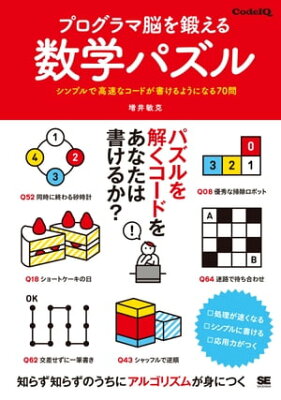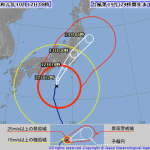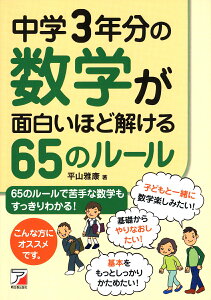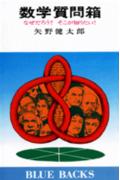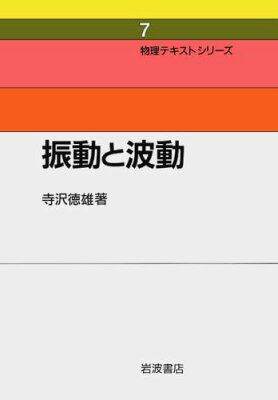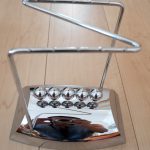Let’s prove \(|PR| \leq |PQ| + |QR| \) for the destances among 3 points \(P, Q, R \in \mathbb{R}^n\).
Continue reading Proof: Triangle InequalityTag Archives: Proof
(日本語) 互いに素なピタゴラス数が無限に存在することの証明
Proof: Heron’s Formula
Here’s the proof of Heron’s formula.
Continue reading Proof: Heron’s Formula(日本語) 数学: 球の体積を導出する
Calculate Circle Area – Why is it \( \pi r^2 \) ?
I will explain why the area of circle is \( \pi r^2 \) ( \( r \) is its radius ) . (使っている図が悪いので後日差し替えます。)
掛け算で三角形の面積を求めるものの、その他の積分計算や極限計算は使わないようにしました。 掛け算の記号 ( \( \times \) ) を省略することと、 文字で数を表していることと、 \( x ^2 = x \times x \) と、 ルート ( \( \sqrt{x} \) は \( \sqrt{x} \times \sqrt{x} = x \) となる正の数 ) がわかれば中学校あるいは小学校の算数・数学で理解できると思います。
Here, we think about a circle whose radius length is 1, to make story simple. The circle is called unit circle.
Definition of the ratio of the circumferece of a circle to its diameter
Let us represent the ratio of the circumference of a circle to its diameter as \( \pi \) . \( \pi \) meets next equation.
\[ \textrm{(circumference)} = 2 \pi \times \textrm{(radius)} \]As for unit circle, circumference length is \( 2 \pi \) .
Practical value of \( pi \) is known as 3.141592… .
Evaluate the area of circle with regular n-sided polygon
Let’s think inscribed regular n-sided polygon and circumscribed regular n-sided polygon. ( \( n \geq 3 \) )
Now, divide regular n-sided polygon to \( 2n \) right-angled triangles to calculate the area.
Then, pick up one right-angled triangle and define \( x, y \) as the following.
- \( x \) : 内接正 \( n \) 角形 を分割した直角三角形の、 直角と円の中心を結ぶ辺の長さ
- \( y \) : 内接正 \( n \) 角形 を分割した直角三角形の、 直角を通り円弧に交わる辺の長さ
このとき 外接正 \( n \) 角形 を分割した直角三角形の、 直角を通り円に接する辺の長さは 相似比から \( \frac{x}{y} \) となります。 上の図で赤色になっている円弧の長さは、 円周 \( 2 \pi \) を \( 2n \) 分割した円弧なので \( \frac{2 \pi}{2n} = \frac{\pi}{n} \) となります。
Now, calculate the area of one triangle, and those of inscribed and circumscribed regular n-sided polygons.
The area of a triangle parted from inscribed regular n-sided polygon is \( \frac{1}{2} xy \) , one of a triangle parted from circumscribed regular n-sided polygon is \( \frac{y}{2x} \) .
Multiple \( 2n \) , and we can get the area of inscribed and circumscribed regular n-sided polygon.
- inscribed n-sided regular polygon : \( nxy \)
- circumscribed n-sided regular polygon : \( n \frac{y}{x} \)
The area of circle is larger than inscribed n-sided polygon and smaller than circumscribed n-sided polygon, therefore the area of circle, \( s \) , meets the following inequality.
\[ nxy \lt s \lt n \frac{y}{x} \]Evaluate \(x , y \) with \( n \)
We got an inequality formula of \( s \), but we can’t calculate \( s \) yet. Then evaluate \( x \) , \( y \) with inequality.
Evaluate \( x \)
円を分割したときの、三角形の辺と円周の交点から鉛直方向に線をひきます。 すると円の直径は、鉛直方向の線により \( n \) 個に分割されます。
分割された円の直径のうち、一番端の部分、図で言う紫の部分は、 直径を単純に \( n \) 等分した \( \frac{2}{n} \) よりも小さいです。 そして \( x \) は半径 1 から 紫の部分を引いたものに等しいですから、
\[ 1 – \frac{2}{n} \lt 1 – \textrm{(purple)} = x . \]Evaluate \( y \)
\( y \) is less than the arch. The circumference of unit circle is \( 2\pi \) , and we divided unit circle to \( 2n \) right-angled triangles, so the arch length is \( \frac{2 \pi}{2n} = \frac{\pi}{n} \) . Therefore,
\[ y \lt \frac{\pi}{n} . \]And \( y \) is larger than the arc of \( x \) radius circle, \( x \frac{\pi}{n} \) .
\( x \) is larger than \( 1 – \frac{2}{n} \) , as we saw, then
\[ \left( 1 – \frac{2}{n} \right) \frac{\pi}{n} \lt x \frac{\pi}{n} \lt y . \]From the above,
\[ \left( 1 – \frac{2}{n} \right) \frac{\pi}{n} \lt y \lt \frac{\pi}{n} .\]Evaluate \( s \) with \( n \)
Remove \( x \) and \( y \) from the inequality of \( s \) and evaluate \( s \) with \( n \).
\[ nxy \lt s \lt n \frac{y}{x} \]\( x \) , \( y \) の評価式から、
\begin{eqnarray*} nxy & \gt & n \left(1 – \frac{2}{n} \right) ^2 \frac{\pi}{n} \\ & \gt & \left(1 – \frac{2}{n} \right) ^2 \pi , \\ n \frac{y}{x} & \lt & n \frac{\frac{\pi}{n}}{1 – \frac{2}{n}} \\ & \lt & \frac{n \pi}{n-2} . \end{eqnarray*}以上をまとめると
\[ \left(1 – \frac{2}{n} \right) ^2 \pi \lt s \lt \frac{n \pi}{n-2} \]n が大きくなると 右辺と左辺が \( \pi \) に近づいていくのがわかりますね。
Calculate Circle Area
上で得られた式から、円の面積が \( \pi \) になりそうだということがわかります。 Confirm the area of circle is \( \pi \) by proof of contradiction.
Evaluate Upper Side of Circle Area
Suppose the area of unit circle is larger than \( \pi \) and define \( s = \pi + \delta \) ( \( \delta \gt 0 \) ) .
As we saw, \( s \lt \frac{n \pi}{n-2} \) . Simplify the inequality.
\begin{eqnarray*} \pi + \delta & \lt & \frac{n \pi}{n – 2} \\ \delta & \lt & \frac{n \pi}{n – 2} – \pi \\ & \lt & \frac{n \pi – \left( n – 2 \right) \pi}{n – 2} \\ & \lt & \frac{2 \pi}{n – 2} \\ \left( n – 2 \right) \delta & \lt & 2 \pi \\ n – 2 & \lt & \frac{2 \pi}{\delta} \\ n & \lt & \frac{2 \pi}{\delta} + 2 \end{eqnarray*}The inequality should true for all \( n \) , but \( n \) that is not less than \( \frac{2 \pi}{\delta} + 2 \) doesn’t meet it (contradiction).
Therefore, the area of unit circle is not more than \( \pi \) .
\[ s \leq \pi \]Evaluate Lower Side of Circle Area
Suppose the area of unit circle is smaller than \( \pi \) and define \( s = \pi – \delta \) ( \( \delta \gt 0 \) ) .
As we saw, \( \left(1 – \frac{2}{n} \right) ^ 2 \pi \lt s \) . Simplify the inequality.
\begin{eqnarray*} \left( 1 – \frac{2}{n} \right) ^2 \pi & \lt & s \\ \left( 1 – \frac{2}{n} \right) ^2 \pi & \lt & \pi – \delta \\ \left( 1 – \frac{2}{n} \right) ^2 & \lt & \frac{\pi – \delta}{\pi} . \end{eqnarray*}Now, \( n \geq 3 \) , so
\begin{eqnarray*} 1 – \frac{2}{n} & \lt & \sqrt{\frac{\pi – \delta}{\pi}} \\ 1 & \lt & \sqrt{\frac{\pi – \delta}{\pi}} + \frac{2}{n} \\ 1 – \sqrt{\frac{\pi – \delta}{\pi}} & \lt & \frac{2}{n} \\ n \left( 1 – \sqrt{\frac{\pi – \delta}{\pi}} \right) & \lt & 2 \\ n & \lt & \frac{2}{1 – \sqrt{\frac{\pi – \delta}{\pi}}} . \end{eqnarray*}The inequality should true for all \( n \) , but \( n \) that is not less than \( \frac{2}{1 – \sqrt{\frac{\pi – \delta}{\pi}}} \) doesn’t meet it (contradiction).
Therefore, the area of unit circle is not less than \( \pi \) .
\[ \pi \leq s \]From the above, \( \pi \leq s \leq \pi \) , normally \( s = \pi \) .

